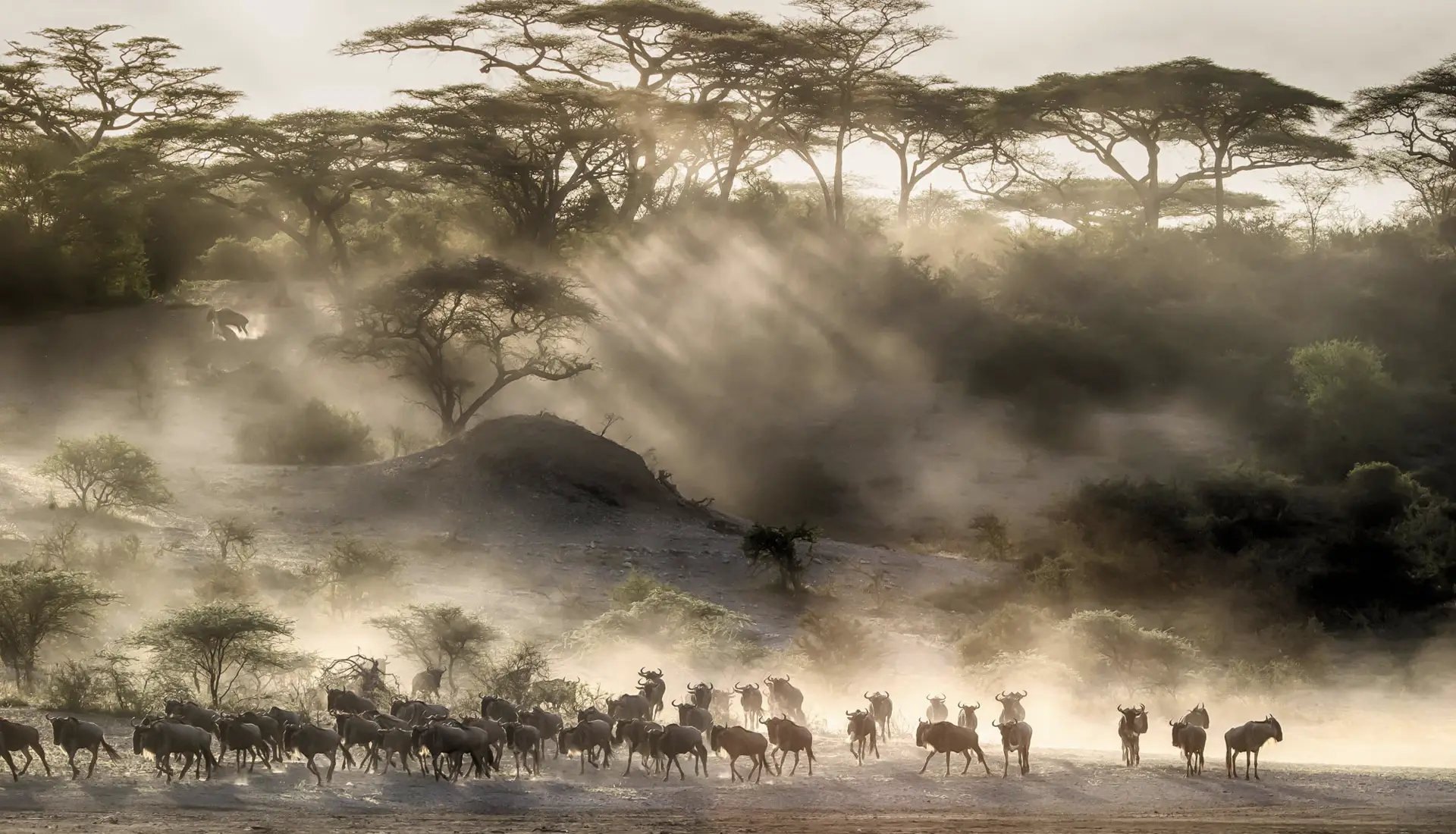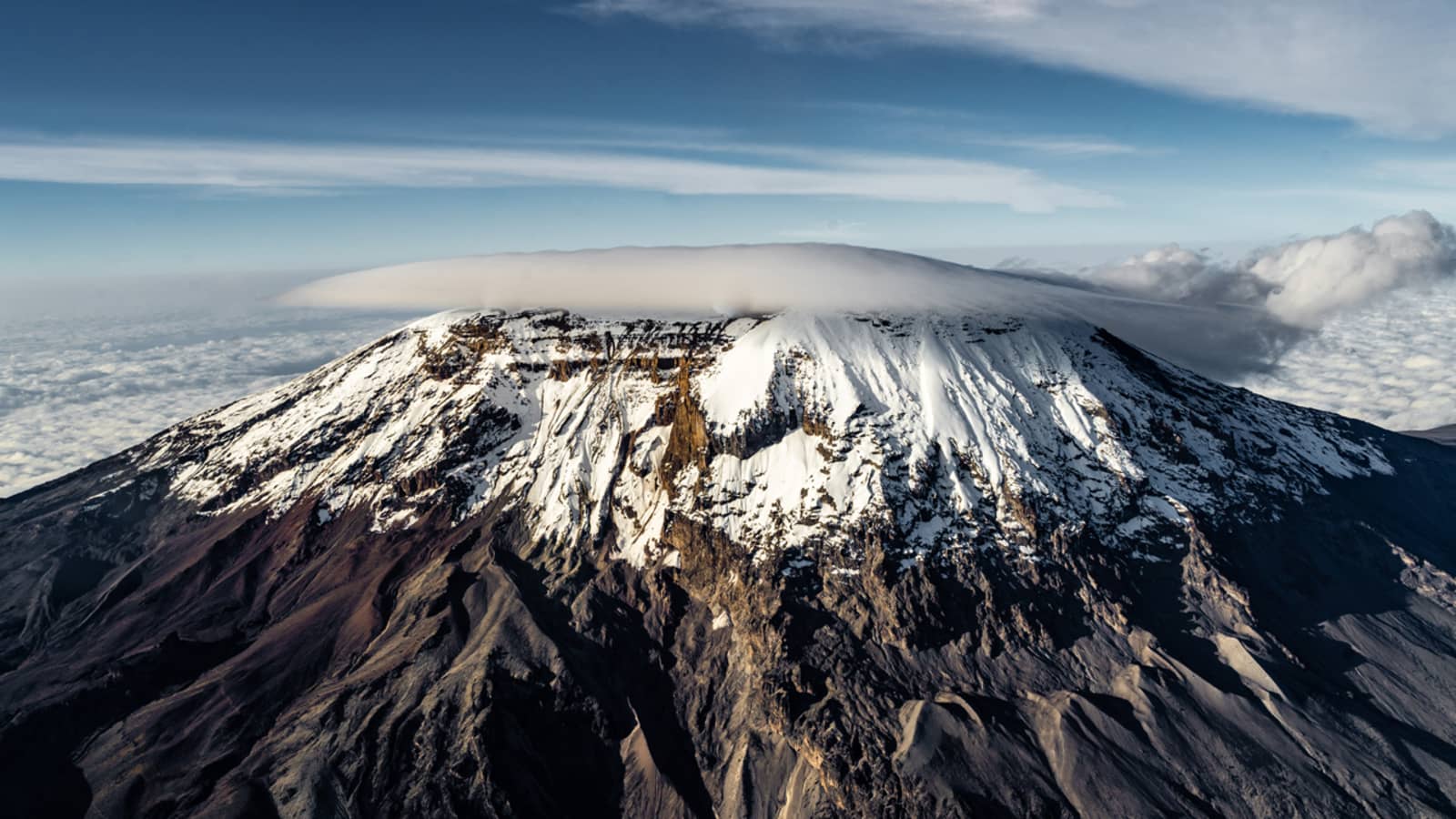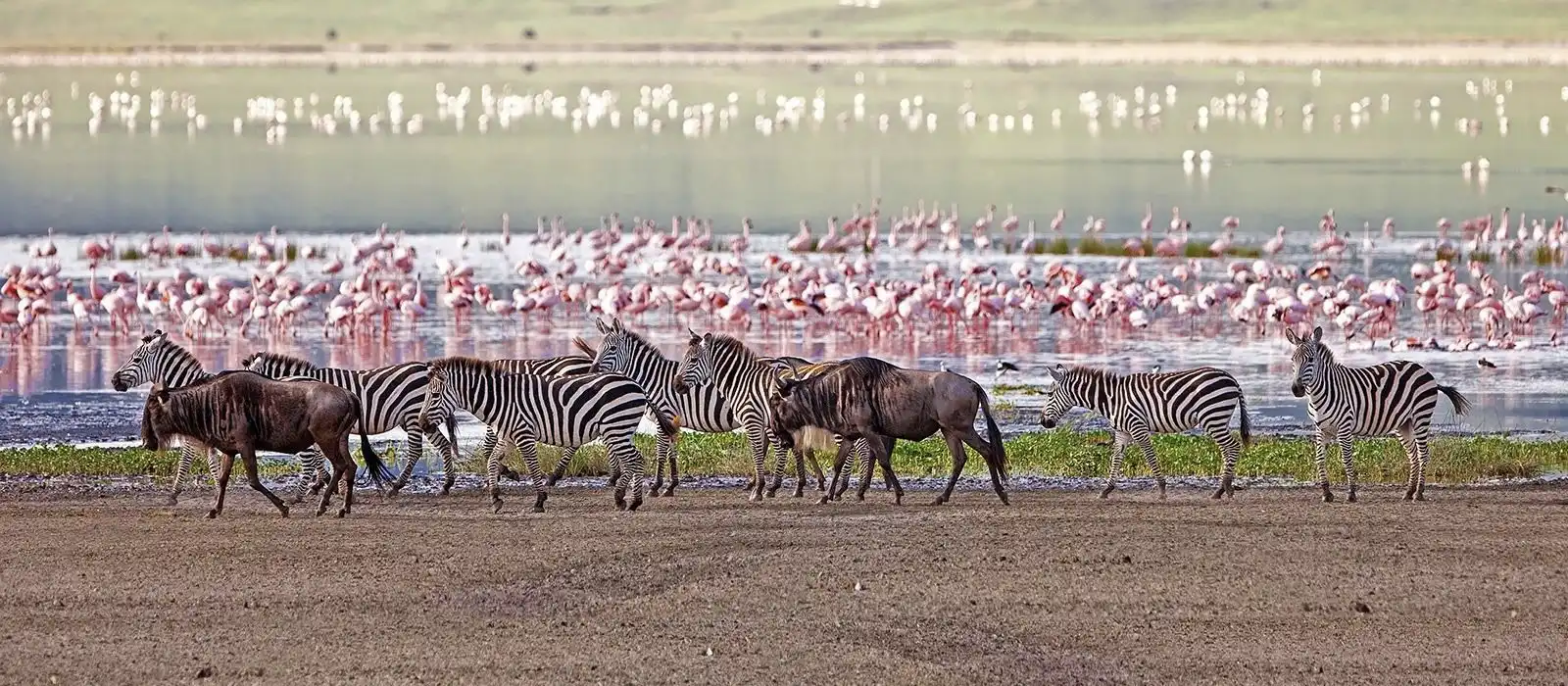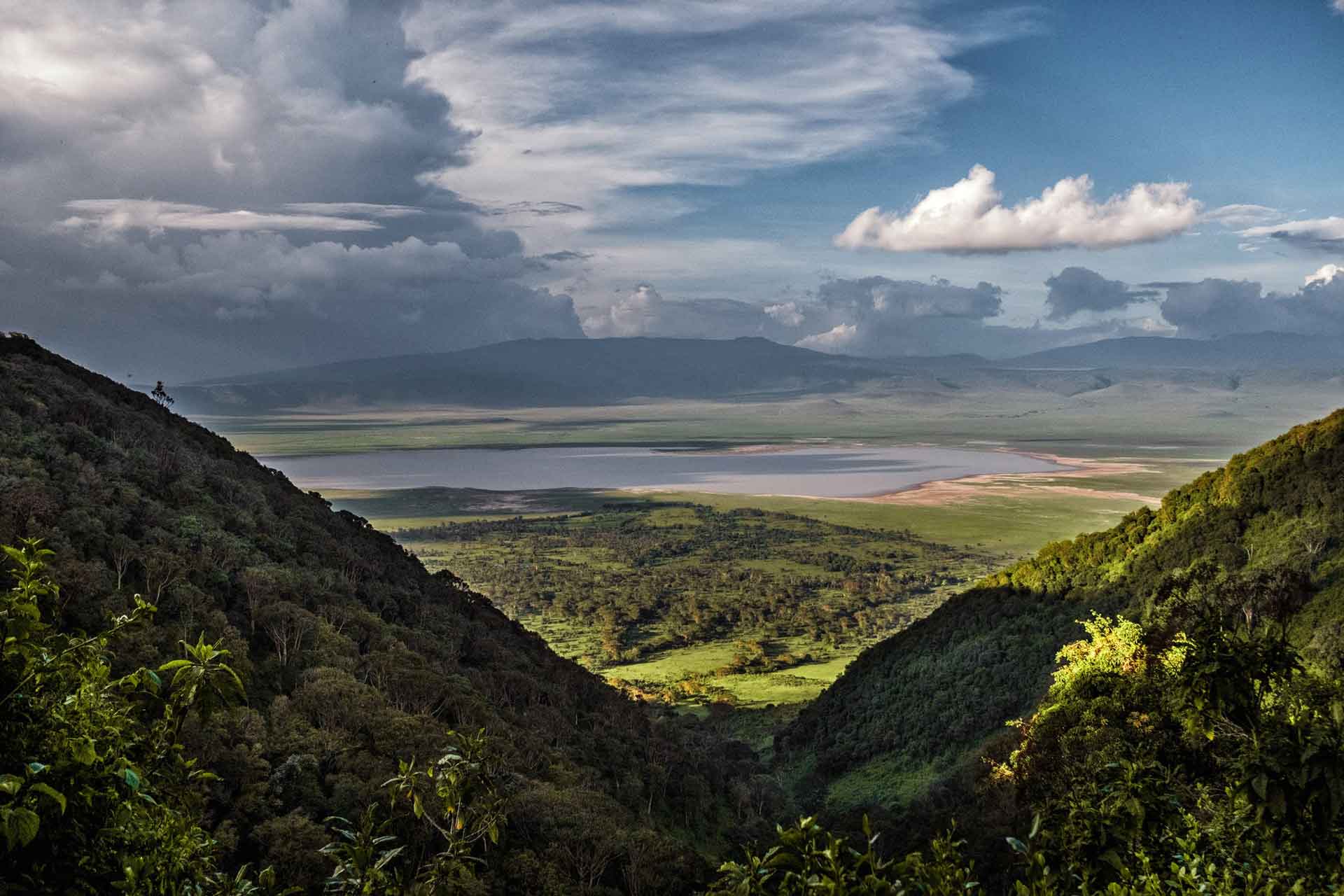Nyerere National Park
"The Land of the Mighty Rufiji"
This is Africa’s Largest National Park! The Park with a staggering size of 30,893 km2 host one of the world’s largest concentration of wildlife. The collection of wildlife both in diversity and abundance is just remarkable! Visitors to this vast sanctuary will be able to see an astounding volume of wildlife both rare and common species.
Welcome to Nyerere National Park
This is the Africa’s Largest National Park! The Park with staggering size of 30,893km2 host one of the world’s largest concentration of wildlife. The collection of wildlife both in diversity and abundance is just remarquable! Visitors to this vast sanctuary will be able to see astounding volume of wildlife both rare and common species. The park host the famous ‘’Big Five’’ and some rare species of antelopes like Roan Antelope, Brindled Gnu, Lichtenstein hartebeest, roan, and sable antelopes, Kudu etc.!
Climate
The Park experiences bimodal rainfall season and the short rains fall in November and December and are followed by a partial drying out in January and February. Thereafter, the long rains follow ending in early May. It is located at an altitude between 100 and 400 meters with annual average rainfall ranging from 10 to 225 mm.
.
The Park can be accessed by road or abroad:
From Dar es Salaam to Nyerere National Park is about 250km via Kibiti
Air: There are regular flights from Dar es Salaam, Kilimanjaro, and Arusha to a number of small airstrips in the Park.
Nyerere National Park has numerous attractions that visitors to the place can enjoy. Some of the best attractions in the Park include the ability to see the Big Five, Large concentrations of elephants, and Hippos. The Rufiji River is full of abundant wildlife, Largest population of African wild dogs to mention but a few. The Park is also endowed with beautiful and scenic landscapes that add to the beauty of this majestic place.
The Rufiji is East Africa’s largest river. It flows through the northern part of the Park, and this river which is slow moving and wide has created a number of oxbow lakes in its northern flood plains, and they create a beautiful landscape of plains and woodlands interspersed with expanses of water.
The mighty Rufiji with its renowned population of hippos and crocodile flows to the Indian Ocean. The river has been designated as a photographic zone and is popular with tourists.
Large Populations of African Wild dogs
In Nyerere African Hunting Dogs are thriving, unlike most of those elsewhere on the continent. In fact, the park has the last true stronghold for African hunting dogs in Africa. While this species is highly endangered and seen in a few areas, Nyerere gives visitors a chance to see them.
Highest Concentration of Hippos and Crocodiles
Rufiji River in Nyerere National Park is home t plenty of hippos and Nile crocodiles.
Diverse birdlife
In Nyerere National Park, bird life is diverse and abundant. More than 440 species of birds have been recorded! These species are found in sandbanks, oxbow lakes and channels are home to these species. The rare species of Pel’s fishing owls and white-backed heron live in the wooded section of the riverbank.
Continent Largest Population of Elephants
The largest concentration of elephants on the continent has been known for taking home in this park.
Rare Species of Antelopes
Apart from being very famous for elephants, rhinos, and hippopotami, Nyerere has also a vast range of game including brindled gnu, Nyasaland gnu, sable antelope, eland, greater kudu, waterbuck, hartebeest, zebras, giraffe, reedbuck, warthog, spotted hyena, lion, leopard, hunting dog, in addition to the largest populations of buffalo in Africa.
Nyerere National Park has some activities that give visitors opportunities to enjoy its beauty. The Park will give opportunities to do walking safaris, Game Viewing by the vehicle as well as Unforgettable boat trips along the mighty Rufiji.
Boating.
Watching wildlife from the water is a beautiful and different way of game viewing. Crocodiles and hippos abound and elephants, waterbuck, and buffalo spend a lot of time near the water, but a mass of other game including birds will be seen.
Game Drives
Game driving along the numerous small tracks is a popular way of enjoying the wildlife.
Walking safaris and fly camping. Guided walking safaris with overnight stays in lightweight fly camps are popular.
Bush meals
Nyerere National Park facilities and the beautiful wilderness give an excellent opportunity to enjoy meals in the bush.
There are a number of luxury tented camps in Nyerere where visitors can choose depending on their preferences.
Visit Nyerere National Park Today
Support the work of Nyerere National Park by visiting the park and seeing the wildlife that calls this place home. Visiting Parks helps support local livelihoods and helps protect wildlife for generations to come.
Customised Vacation To Tanzania?
Wildlife Safaris, Beach holidays, Kilimanjaro trekking, Hiking and cultural tours
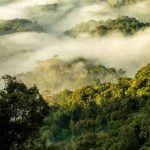
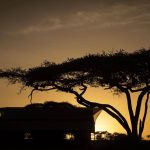
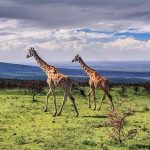
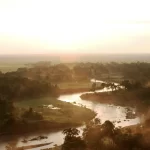
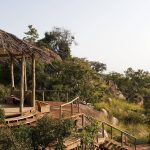
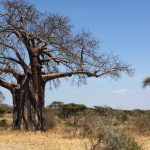

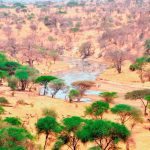
Other Destinations
Wildlife Safaris, Beach holidays, Kilimanjaro trekking, Hiking and cultural tours

